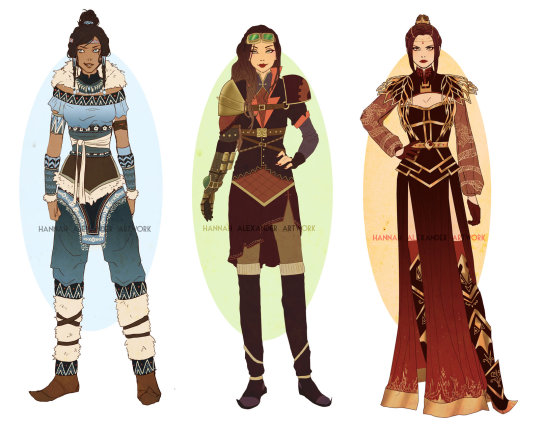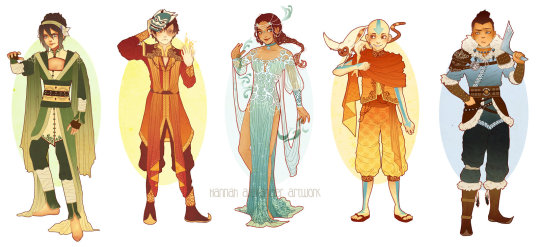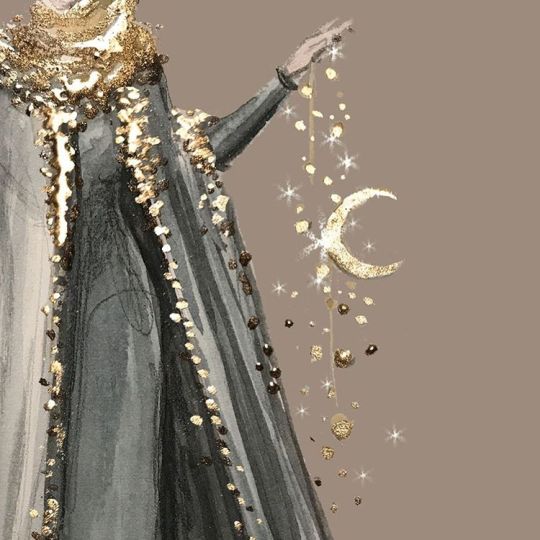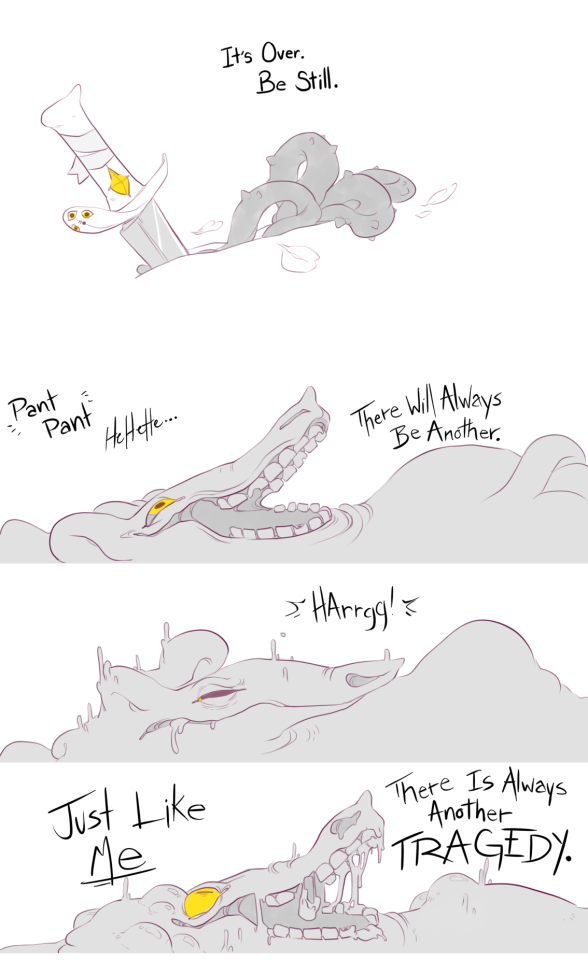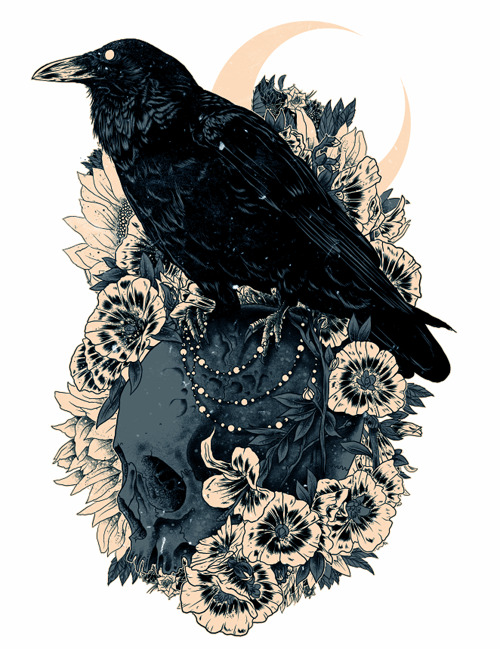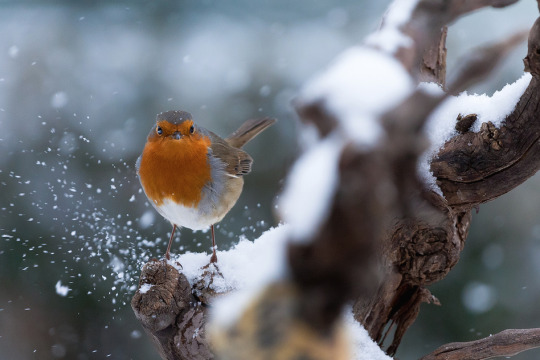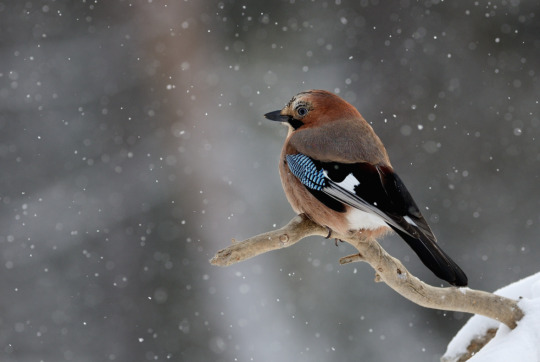Photo

This is the lucky clover cat. reblog this in 30 seconds & he will bring u good luck and fortune.
1M notes
·
View notes
Video
instagram
official subs vs fansubs
54K notes
·
View notes
Note
@asthmocity
As a deaf person with limited/no context for how words sound, I'm finding the conlang community's fixation on starting with sound to be a huge stumbling block when trying to learn how to make conlangs that aren't signed. Do you have any advice on how to work around that?
Two three actually four things:
(1) “Phonology” doesn’t simply refer to sound. (I mean, etymologically it does, but not in linguistics.) Phonology refers to how a language uses unanalyzable, meaningless units (phonemes) to create larger chunks that do have meaning (words or affixes). In a spoken language, this refers to spoken phonemes (e.g. /p/, /b/, /d/, etc.). In a sign language, this refers to places on the body, motion, and handshape. If you know ASL, compare the sign for APPLE to the sign for ONION. These are almost exactly the same sign. You put your hand in the 1 handshape with the first two segments completed curled under, you put it up to your face and twist a couple times. The difference is whether you put your hand up next to your eye, or up at your cheek. That’s the only difference between those two words. Thus, the difference between APPLE and ONION in ASL is the same difference (quantitatively) as the difference between English “meet” and “mitt”. I share this example to show you how the principle behind the arrangement of both systems—signed and spoken—is the same. They differ in their expressions (i.e. through speech sounds and through movements done with the hands and body in particular places), but the notion is that there are certain things that have no meaning (for example the place next to the eye in ASL), but you can use those things in combination with other bits that have no meaning to form meaningful units.
There aren’t a lot of signed conlangs because many conlangers aren’t as familiar with sign languages as they are spoken, and also because they are very difficult to record on paper. Any hearing person who’s studied ASL will be familiar with this: You go to class and learn, but what do you write down? I imagine every learner kind of tries to invent their own notation system to help them remember, but ultimately you just have to memorize it. That doesn’t really work for someone creating the language, though. Video is the best way to capture a sign language, but it’s not super practical (though it’s getting easier). I tried to create a phonetic transcription system for sign languages called SLIPA. I’m not sure if anyone has used it, but I think the principle is sound (or sound enough). Plus, as with the relationship between narrow transcription and romanization, I think it makes sense for the creator of the language to create a more streamlined system for use with their language that can then be explicated in a page with SLIPA.
(2) There are still other conlang types that make no reference to sound but aren’t signed. I made one called X. It’s a purely visual language (think hieroglyphs but with no phonological component whatsoever). There’s a lot to be done in this area of conlanging. You can go the picture/glyph route I did, or you could just do something totally different, as with Sai and Alex’s UNLWS. You could also do something like this:
#$% = cat
#$%* = cats
##$% = big cat
##$%* = big cats
#$$% = small cat
#$$%* = small cats
After all, even letters are just symbols. They can stand for whatever you want, or nothing at all! As long as you can describe what’s going on, that’s all that’s necessary.
(3) To your main concern, saying “the conlang community’s fixation on starting with sound” is, to put it mildly, unfair. I start with the sound system in the spoken conlangs I do, and I mostly do spoken conlangs. If I’m writing a book on how to create a language, that’s where I start, because I’m writing it. But just because I do it that way doesn’t mean most do. Even if you go to a forum or mailing list and you see most people falling into that pattern, that doesn’t mean that’s representative of the community either, because there are any number of people who simply aren’t replying or aren’t volunteering their methods. We’ve had the discussion within the community time and time again about where one starts a conlang, and there’s a significant chunk that start with the syntax. They’ll use English words or just nonce forms to realize the grammatical idea they’re interested in, and only grudgingly turn to the phonology after they’re done. Some don’t even get that far, because their interest wanes when it comes to phonology. This split even exists in linguistics, where we refer to P people (phonetics/phonology) and S people (syntax/semantics). Ask any linguist: these camps don’t always understand one another. The same is true in conlanging. A P person sees an S person’s awesome subordinate clause marking system with a makeshift phonology and says, “Is that your phonology? It’s a little unrealistic.” An S person looks at a P person’s incredible naturalistic vowel harmony system and says, “Why waste your time on that if you’re not even going to speak it? It obscures the morphology. I can’t make heads or tails of it. Just show me the interlinear.” And these are all hearing conlangers! If you’re only finding conlangers who are talking about phonology, then you need to look for other conlangers—like the Jeff Jones and Gary Shannon type of conlangers. This was, admittedly, an easier task when the community was smaller—before social media, ironically. But I swear to you: There are TONS of conlangers who share your interests.
(4) There are also lots of spoken conlangs that don’t bother too much about phonology. There are minimalist conlangs which, by definition, don’t really have a lot of material to work with, so there’s not much to design/learn in the way of phonology (e.g. three vowels, seven or eight consonants, no consonant clusters). There are also a priori auxlangs or otherwise non-natural spoken languages where you don’t find assimilation or dissimilation, or anything like that. If there are five vowels and ten consonants with ©V© syllables, then there are 555 possible syllables (if I counted right), and every syllable is valid and pronounced exactly as it’s supposed to be, and can occur next to any other syllable. Then there are other conlangs with complex but non-natural phonologies, where there are many distinctions to be made (many of which wouldn’t exist in a natural language), and the speaker must make them. I’m thinking of Ithkuil. There, is admittedly, some small amount of variation is allowed, but otherwise the way that sounds are arranged is almost mathematical. There is no concern for how the sounds fit together, or whether two words sound too similar: The grammar says what sounds go where, and that is that. Any type of project like I’ve described above incorporates aural phonology but in a way that I think makes a little more sense to an S person.
***
If you have a particular project in mind but the approaches you’ve seen don’t match it, do a little digging and find a similar project, and see how they got going. If you have the start of something and want to know about a similar project, just send another ask, and I’ll see what I can find (most of the early conlangers have websites that are still up. Btw, newer conlangers: Even though no one does websites anymore, we need a way to see your work! Hunting through Tumblr posts/tweets/FB group posts doesn’t work!). But if I can add a tl;dr to this: THERE IS NO RIGHT OR WRONG WAY TO CONLANG! You’re good, I swear! And hey, if no one can approach the way you want, why not invent it yourself and detail it? You may be creating a method/approach that will be a great help to others down the line!
201 notes
·
View notes
Quote
YOU ASK: what are we made of?
I ANSWER: a sad, cold love, and the endings of stories that never got to be told.
YOU ASK: what are we?
I ANSWER: oh, my dear, we are a tragedy.
material | a.w. (via hermionee)
2K notes
·
View notes
Photo

3K notes
·
View notes
Photo
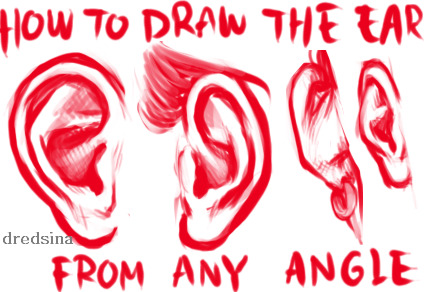


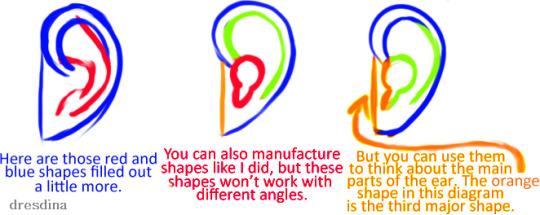
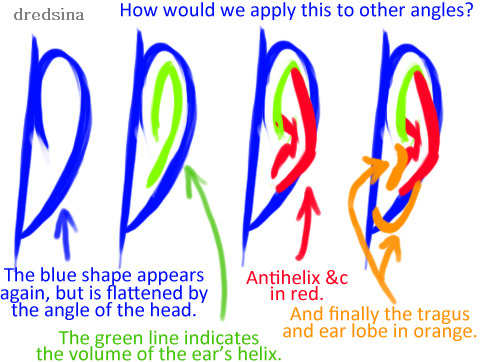



Sorry for making such a huge post! I was just concerned about some of the bigger pictures being viewable, so I didn’t want to make this a text post…
44K notes
·
View notes
Text
No offence but all my friends deserve happiness and I can’t wait for each and every one of them to feel fulfilled
44K notes
·
View notes
Text
me when buying something over $10: do i need this? do i need any material objects? will this matter when i face the great abyss?
473K notes
·
View notes
Text
concept: 2017 is better. you are cuddling with someone. you are warm. you are loved. you are surrounded by people you care about. you learn to love yourself. you are calm. you find new hobbies. you find yourself.
243K notes
·
View notes
Video
youtube
Chan Signs!
I made a new video that will begin what I hope to be a continuing series of instructional videos. Up next will be the ABC’s in sign language.
I wanted to produce my own content, as a Deaf person, to better educate people on what signs would be useful for themselves, as well as their own children, toddlers and babies.
I’ve seen far too many videos on YouTube that use questionable quality of sign language, so I’ve pieced together some very common phrases, using my style of sign language that will, in my opinion, be easier to use with toddlers and their early signing abilities.
I hope this helps you out, and remember, it’s not just for babies, it may also benefit these who are learning ASL as well! However, the video is geared towards instructing babies/toddlers these signs.
265 notes
·
View notes



